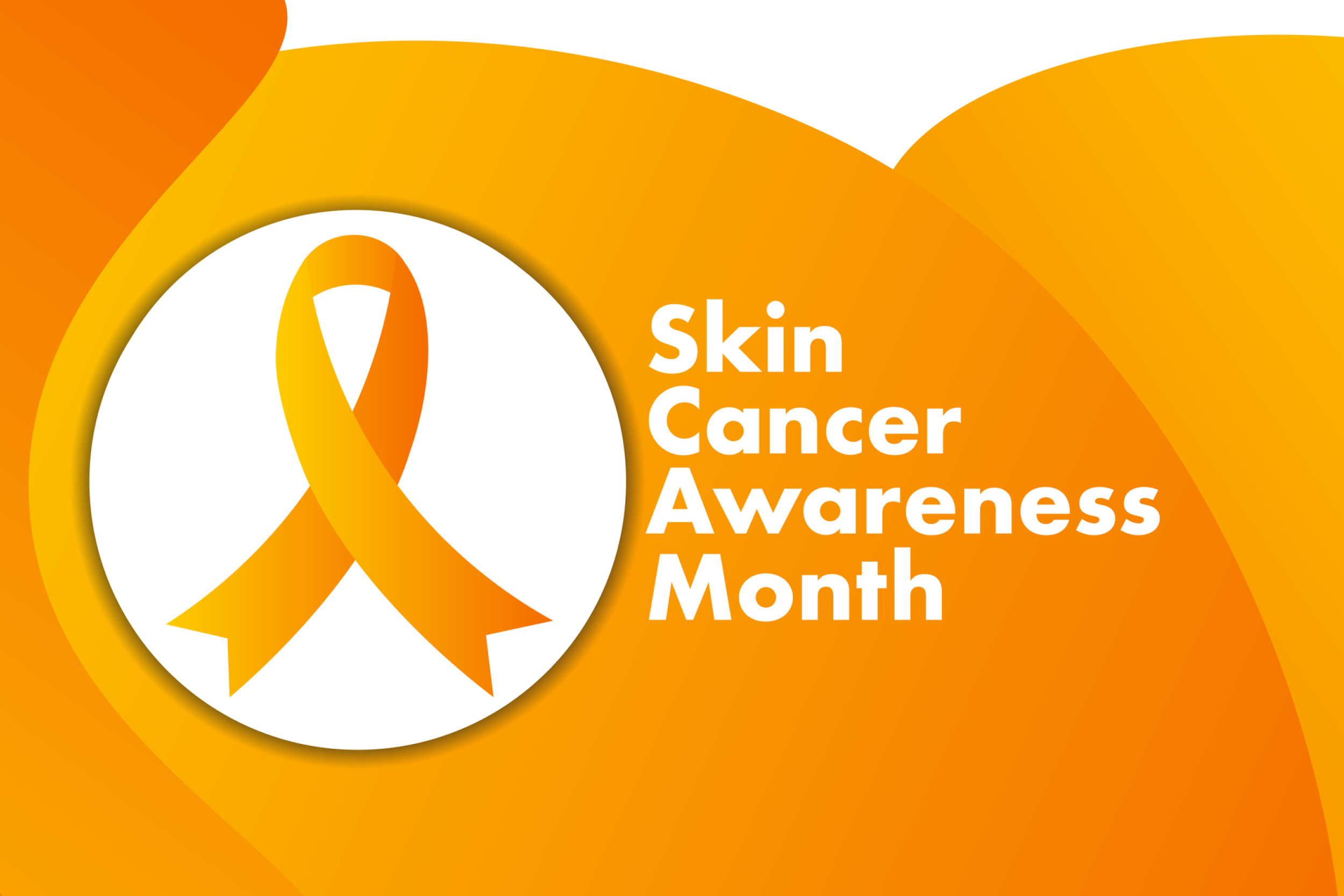Melanoma Day: Skin Cancer Awareness Month
What is Melanoma? Can it be prevented?
Melanoma is a type of skin cancer that develops when melanocytes, the cells that produce melanin, grow out of control. Melanoma is much less common than some other types of skin cancers. However, it is the most serious type of skin cancer since it's more likely to spread to other parts of the body when not caught and treated early.
While you can do some things to reduce your risk of Melanoma, there are other risk factors that you can’t control.
Risk factors you can’t control:
- Age
- The risk of melanoma increases as people age.
- Race
- Having less pigment, melanin, in your skin means you have less protection from damaging UV radiation.
- Family history
- If a close relative has had melanoma, you also have a greater chance of developing melanoma.
Risk factors you can control:
- Practice sun safety when you are outdoors
- This includes wearing sunscreen and a hat. The sun is the biggest risk factor you can control. UV exposure causes more than 90% of melanomas in the US, which makes it extremely important to reduce your exposure to the sun.
- Avoid the sun during the middle of the day
- Avoid the sun between 12 and 4pm when the sun is the strongest.
- Wear sunscreen year-round
- The sun is not just damaging in the summer.
- Wear protective clothing
- Like hats and protective swimwear.
- Avoid tanning beds
- Become familiar with your skin so that you'll notice changes
- Get to know your skin well enough to recognize any changes that occur. Although it may be challenging, make it a habit to regularly examine your skin. If you do happen to notice any changes, do not hesitate to reach out to your doctor for further evaluation.
Controlling the amount of UV rays your skin is exposed to can greatly decrease your chance of developing Melanoma. But the real key is finding and treating Melanoma as early as possible.


